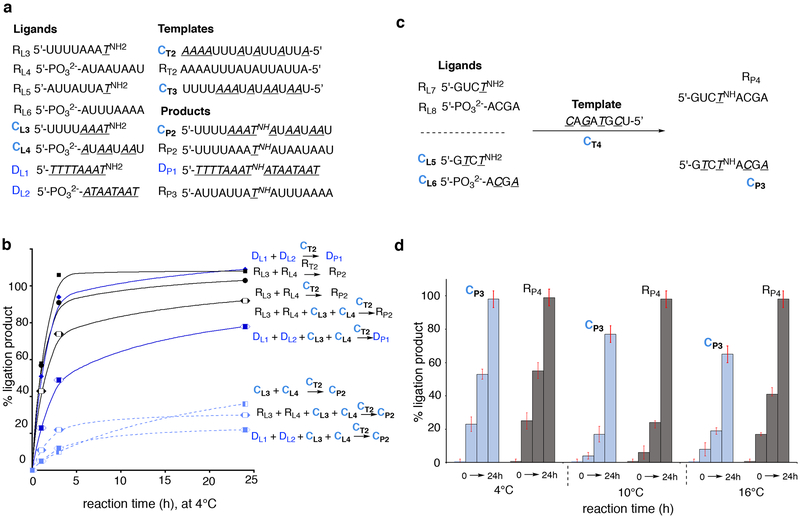Figure 3. Chimeric RDNA templates preferentially associate and ligate homogeneous RNA and DNA ligands over chimeric ligands.
(a) The list of homogeneous and chimeric sequences used in this study. (b) Comparison of ligation efficiency by hexadecameric (AU)-RDNA template CT2, with RNA (RL3, RL4), DNA (DL1, DL2) and chimeric RDNA (CL3, CL4) ligands, showing the consistent preferential formation of homogeneous ligation products, RP2 and DP1 over chimeric ligation products CP2. (c and d) Comparison of ligation efficiency by octameric (A, U/T, G, C)-RDNA template CT4, with RNA (RL7, RL8), and chimeric RDNA (CL5, CL6) ligands, showing the influence of temperature on the preferential formation of homogeneous ligation products, RP4 over chimeric ligation products CP3. See supplementary figs. 50–52 for EDC-ligation reaction conditions. A, U, G, C = RNA; A, T, G, C = DNA. Lines in graph (3a) are drawn as guide indicating the trend and are not mathematical curve fittings. % yields were calculated with respect to the template CT2 or RT2 or CT4 respectively. Experiments were run in triplicate and the error range is less than ± 5%; error bars represent standard deviation.

